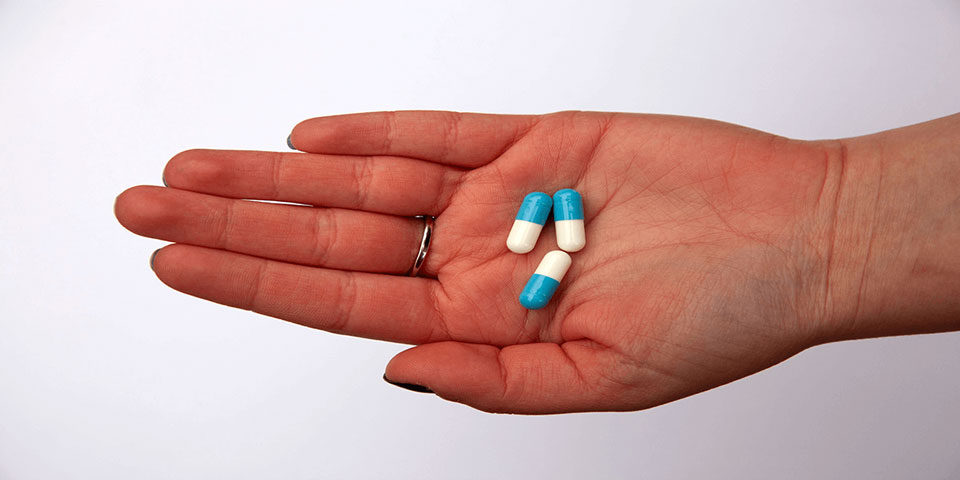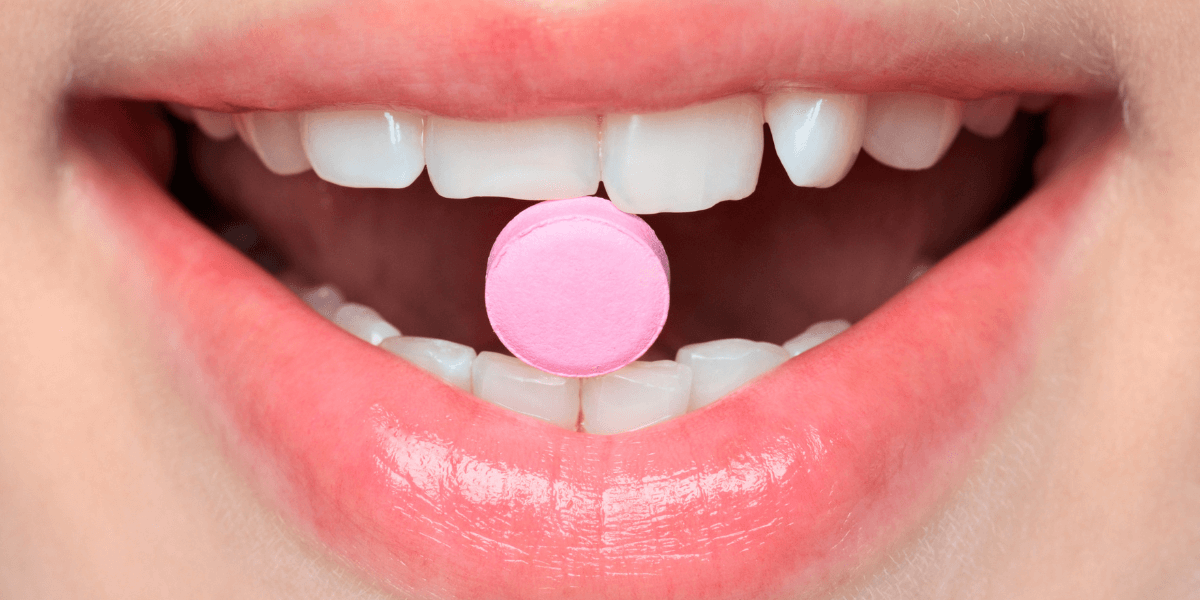
Overview and cause of tetracycline stains
Tetracyclines are a group of broad- spectrum antibiotics used to treat many common bacterial infections. Tetracycline can cause staining if taken anytime from the second trimester of pregnancy to 12 years of age by bonding with the calcium ions in the body. Calcium ions acquire during tooth development, and the stain becomes part of the tooth structure. Severity of stain greatly depends on the age of the individual and the period of the exposure to the drug.
Detecting tetracycline stains
The staining can occur bluish, grey, or brown, and can appear as horizontal bands on the tooth. Stain removal comes in a variety of methods; appropriate selection will depend on the severity of the instance. These options include, bleaching, bonding or filling restorations, veneers, and crowns. Tooth bleaching treatments can be used for lighter staining, whereas the restorative approach is used for a more deep stain unaesthetic circumstances.
Removing tetracycline stains
Whitening mild and less severe cases of tetracycline staining can be beneficial with the anticipation of blending rather than removing the stain. Tetracycline staining can take 2-6 months of consistent, nightly, custom fitted tray, whitening applications. Those looking to remove the staining completely would need to consider an alternative plan of action for the teeth of concern.
The appropriate method of treatment for tetracycline staining should remain selected on a case-by-case basis. Scheduling a dental appointment for unanswered concern is always advised.








